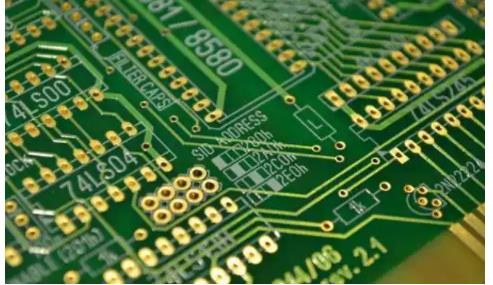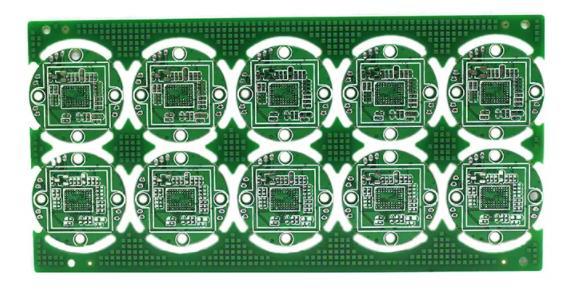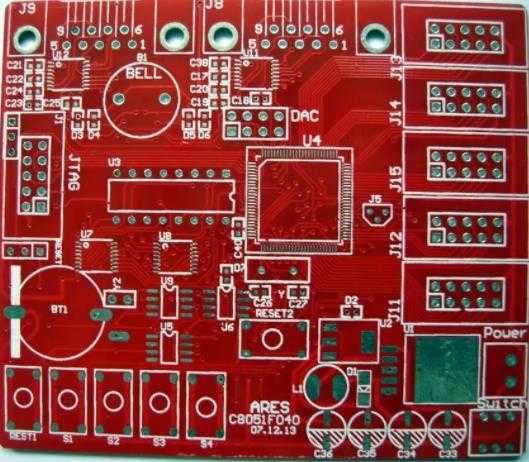
Explain the use of reliability design (DfR) principle to optimize PCB
In electronic products, reliability is equally important, because it can ensure that the product is safe, reliable and marketable, and the manufacturing company will not be overwhelmed by failed returns. When you work on a PCB, reliability design (DfR) is a concept that can help improve reliability by solving the failure point before the actual problem occurs.
What is Reliability Design (DfR)?
DfR is a systematic approach to optimize products in the design phase to ensure that possible failure points are identified and resolved prior to the manufacturing phase. Although DfR is a relatively new concept, the meaning of DfR becomes more and more important as companies increasingly give priority to producing products with shorter design life cycles. Filling the product with more functions will increase the risk of failure, while the public's expectation of quality is higher than ever. By implementing DfR, the product can reliably run through its life cycle.PCB processing and PCB assembly plants explain the use of reliability design (DfR) principle to optimize PCB and solve the fault points before actual problems occur.
Why is reliability design important?
DfR reduces the chance of PCB failure, especially in harsh environments.
If you have ever learned how to use a part of the design in the field, you will realize the following fact: passing laboratory testing does not guarantee the functionality of the design at deployment time. There are many external variables that can be exposed to design errors that may be missed in laboratory testing.

These are examples of two ways in which design errors slip through cracks during testing:
When installing PCB on some machines, PCB will always be affected by high temperature, and may drive electronic equipment to work near its temperature limit. If some components cannot operate reliably at higher temperatures, the entire system will be damaged.
Frequent changes in temperature may subject the PCB to thermo mechanical effects. Some solder joints may crack if continuously exposed to high and low temperature cycles. The ability of PCB to dissipate heat will also exacerbate this problem. Thermal management or lack of thermal management will affect the service life and the ability of PCB to operate normally.
To avoid such problems, you will want to use the DfR principle, because it helps prevent PCB performance and reliability problems, especially as a source of electromagnetic interference (EMI). Although components may play their due role in the laboratory environment, there is no guarantee that they will play such a role in the noisy electrical environment. The signal damage is a sign of EMI sensitivity, which is difficult to mitigate once entering the site.
Let's discuss how to apply the reliability design (DfR) concept to prevent such problems.
How to Realize the Design of Reliability Concept in PCB Design
Selecting the right components is an important approach for DfR
There are many factors that affect PCB reliability. Some, such as manufacturing and PCBA processes, are beyond the designer's control. However, you can still do what you can to ensure the reliability of the design, and there is no need for continuous troubleshooting.
Reliable PCB design considerations
1. Component selection
Whether you choose microcontroller or ordinary capacitor, it is very important to ensure that the contents on the data sheet meet the design requirements. You need to consider the most extreme case of components, because this is usually where failures occur.
For example, a microcontroller operating at maximum speed consumes more power and generates more heat than a microcontroller operating at minimum capacity. These are the problems to be solved in the design. If you want to design a PCB that operates in extreme environments, you may want to abandon commercial grade components and choose its industrial or military grade version.
2. EMI mitigation
Mixed Signal, RF, Analog, and High Speed Signal - If your design is related to these terms, you should pay attention to EMI emissions and susceptibility. It has been proved that isolating high-speed routing from analog signals can prevent noise coupling from one routing to another.
It is also important to ensure that the return path of high-speed signals with low impedance does not enter the ground wire of other components. Plan the placement of components and separate the ground plane for analog, digital and power modules. When doing so, avoid forming ground loops in PCBs because they emit noise.
3. Thermal management
When you design with microcontroller and power MOSFET, PCB inevitably generates a lot of heat. It is important to know how much heat is distributed to prevent rapid degradation of the components.
The use of cooling holes is a potential method of heat dissipation. The cooling hole shall be placed around the heating component; Combined with radiators and cooling fans, they will enable engineers to avoid hot spots on components. It is also important to ensure that the wiring carrying large currents is routed with sufficient width.
With advanced PCB design software, it is easier to optimize PCB for reliability (DfR) design. The PCB processing factory explained how to use the reliability design (DfR) principle to optimize PCB and solve the fault point before the actual problem occurs.







